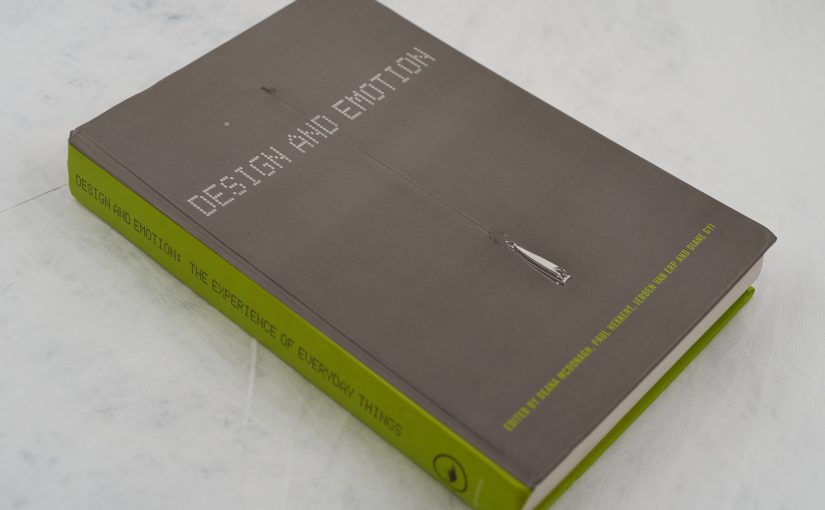A Workshop in Cathexically Affective Design
This workshop was presented by myself and other members of the Design Transformation Group at the 3rd International Design Emotion Conference in Loughborough.
The workshop was an exploration of perverse, non-linear and counter-intuitive modes of interaction with technology.
It built on a series of ideas that were floating around in the Design Transformation Group at the time and remains one of my favourite workshop experiences. It was some years before Donald Norman published his celebrated book Emotional Design: Why We Love (or Hate) Everyday Things (2005), but there was already a strong sense that the ideal interface was a friendly one. We were responding to ideas prevalent in interaction design and also earlier texts such as Turn Signals Are The Facial Expressions Of Automobiles (1993). My own MA dissertation, Warm and Cold Design, was about the recognition of friendly characteristics in products.
Sleeping policemen was a reaction to all of this — a suspicion that maybe the products and tools around us shouldn’t be our best friends and that we should be wary of getting too intimate with them. The title comes from the analogy of a Sleeping Policeman providing a jolt to a driver travelling too fast or not paying attention. I think recently (writing in 2022), that this kind of thinking is more prevalent — interfaces and experiences should not always be effortless and plain sailing — if possible shouldn’t they bear some relation to the task or operation at hand?
A common example might be a button switch guard on top of an important control. Another might be the requirement for electric cars to make some kind of noise whilst driving so that pedestrians and other road users are made aware of their presence.
The workshop was recorded in the book that was published about the conference. What it doesn’t record (and I couldn’t find any pictures) is that we dressed up with plastic policeman’s helmets and truncheons to extend an already problematic metaphor.
The workshop was great fun, though, largely because the participants were all game and happy to throw themselves into some unconventional activities. It also says a lot for the Design and Emotion team that they were prepared to support activities such as this.
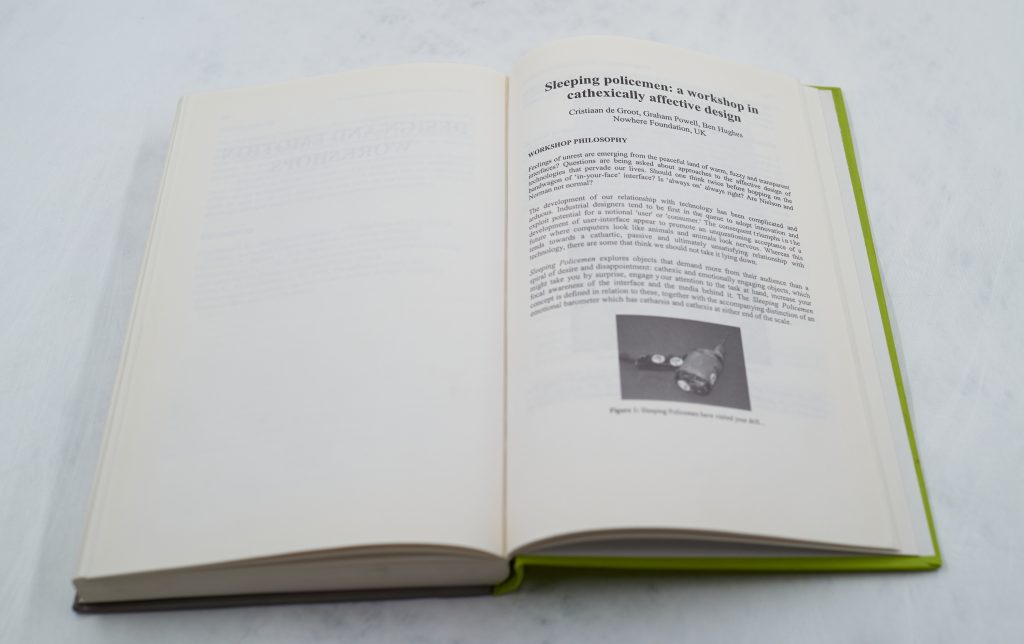
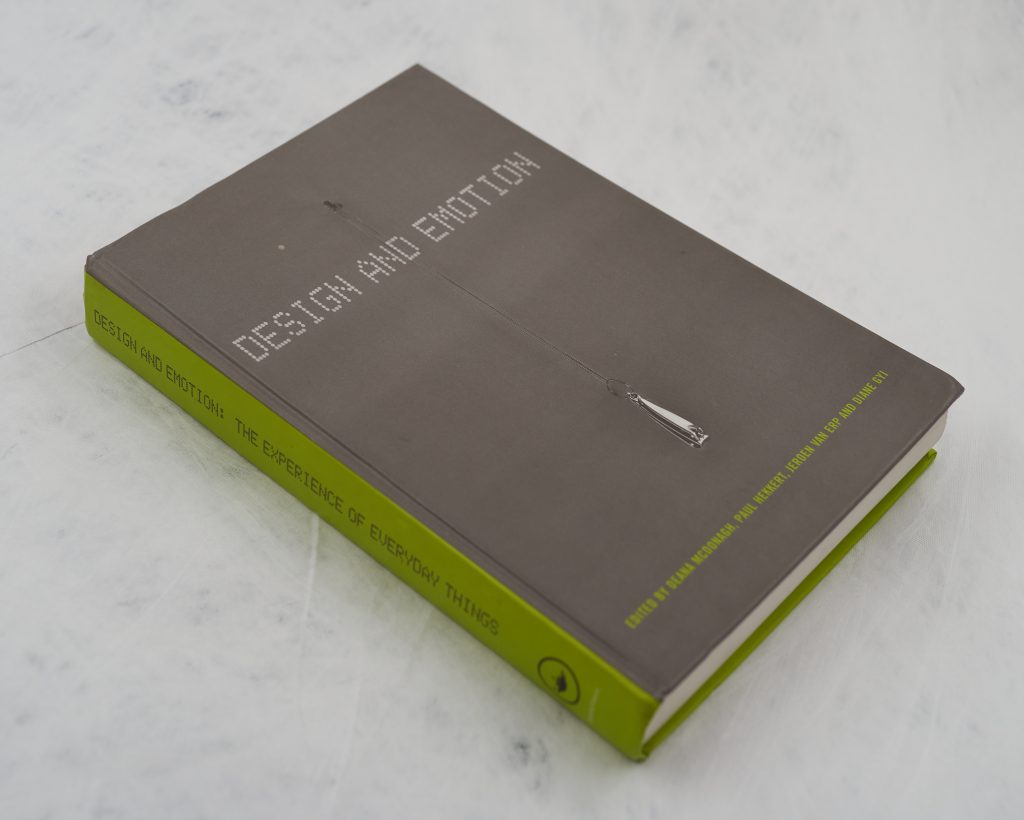
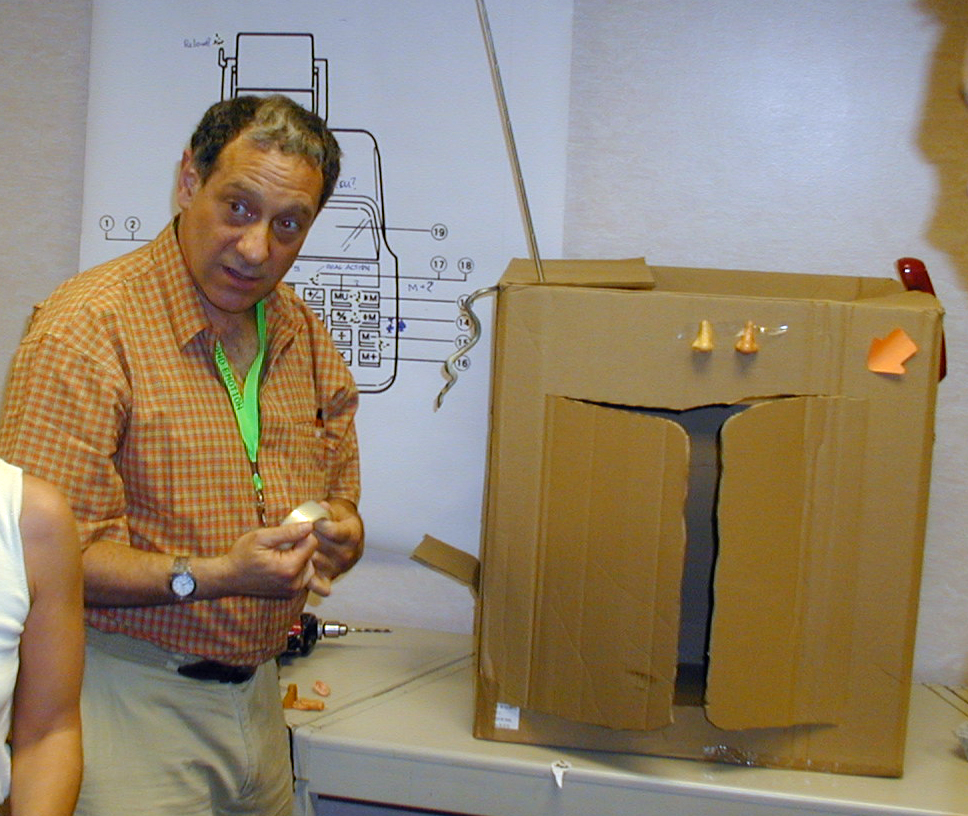

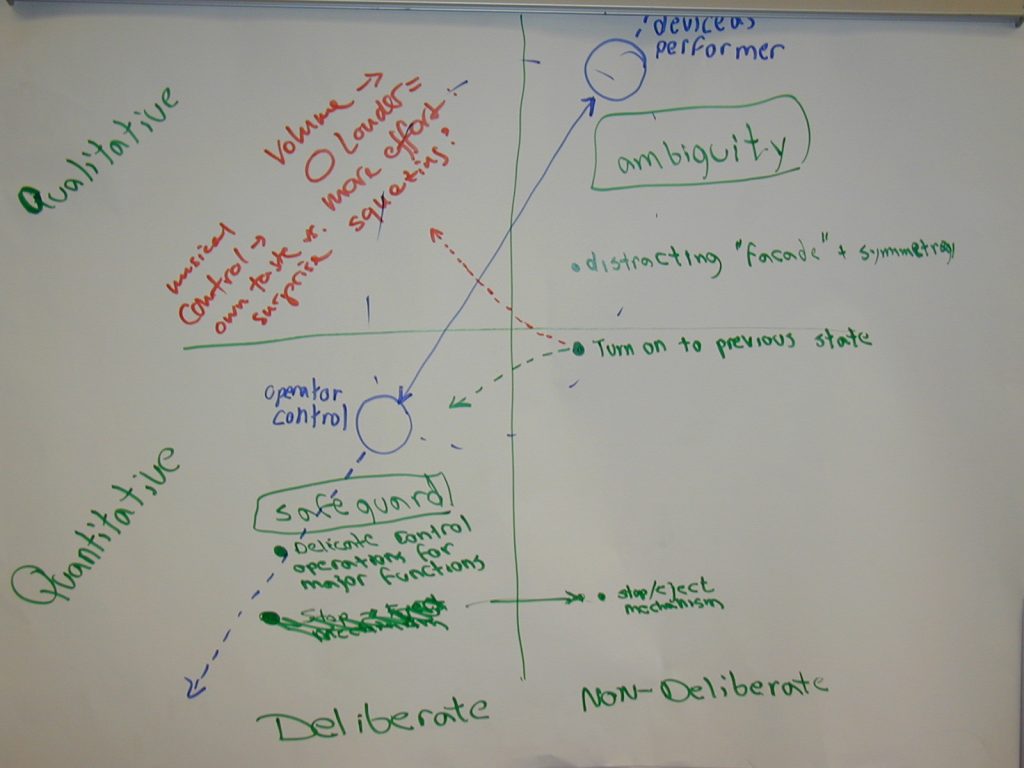
Workshop Philosophy
Feelings of unrest are emerging from the peaceful land of warm, fuzzy and transparent interfaces. Questions are being asked about approaches to the affective design of technologies that pervade our lives. Should one think twice before hopping on the bandwagon of in-your-face interface. Is always on always right? Are Nielson and Norman not normal?
The development of our relationship with technology has been complicated and arduous. Industrial designers tend to be first in the queue to adopt innovation and exploit potential for a notional ‘user’ or ‘consumer.’ The consequent triumphs in the development of user-interface appear to promote an unquestioning acceptance of a future where computers look like animals and animals look nervous. Whereas this tends towards a cathartic, passive and ultimately unsatisfying relationship with technology, there are some who think we shouldn’t take it lying down.
Sleeping Policemen explores objects that demand more from their audience than a spiral of desire and disappointment: cathexic and emotionally engaging objects, which might take you by surprise, engage your attention to the task at hand, increase your focal awareness of the interface and the media behind it. The Sleeping Policemen concept is defined in relation to these, together with the accompanying distinction of an emotional barometer which has catharsis and cathexis at either end of the scale.
The results of this explorative process aim to act as a catalyst enriching and extending design discourse, and in time consciousness. Redirecting the gaze from product to process and championing the new business of design as a central and essential contributor to social learning and cultural vitality
Workshop Narrative
A preliminary presentation of the Sleeping Policemen was delivered to bring the workshop participants into a first stage understanding. Objects were presented during the introduction to further demonstrate the concepts of catharsis and cathexis both in use and in creative design practice.
Teams were formed to examine a number of existing designs, initially from drawings and then moving onto real artefacts. This was done by labelling the physical attributes that could be described as Sleeping Policemen with the use of special adhesive markers. After presenting their analytical results the teams moved on to the design phase whereupon they were given a cardboard box and a set of arbitrary and exotic materials – and a design brief. The brief was to design a television set that would enable the user enact a ‘mindful’ relationship with the medium of television.
After an energetic period of designing, scenario-building and making, the teams then reconvened to present back their design concept. By acting out a scene from a prospective interaction between a user and a Sleeping Policemen inspired television the groups were able to bring their understanding and learning ‘to life’, for themselves and their bewildered audience.
All of the concepts presented were at odds with accepted design expectations in terms of the embodiment/reproduction/synthesis of emotion in design – they were Sleeping Policemen.
The Sleeping Policemen Team:
Dr. Cristiaan de Groot, Ben Hughes, Graham Powell.
Full citation:
deGroot, C., Hughes, B., Powell, G., Sleeping Policemen: A Workshop in Cathexically Affective Design with in Design and Emotion in The Experience of Everyday Things (ed. McDonagh D., Hekkert, P., van Erp, J., Gyi, D. 2004, Taylor and Francis, London. p.433. ISBN 0–415-30363‑X
